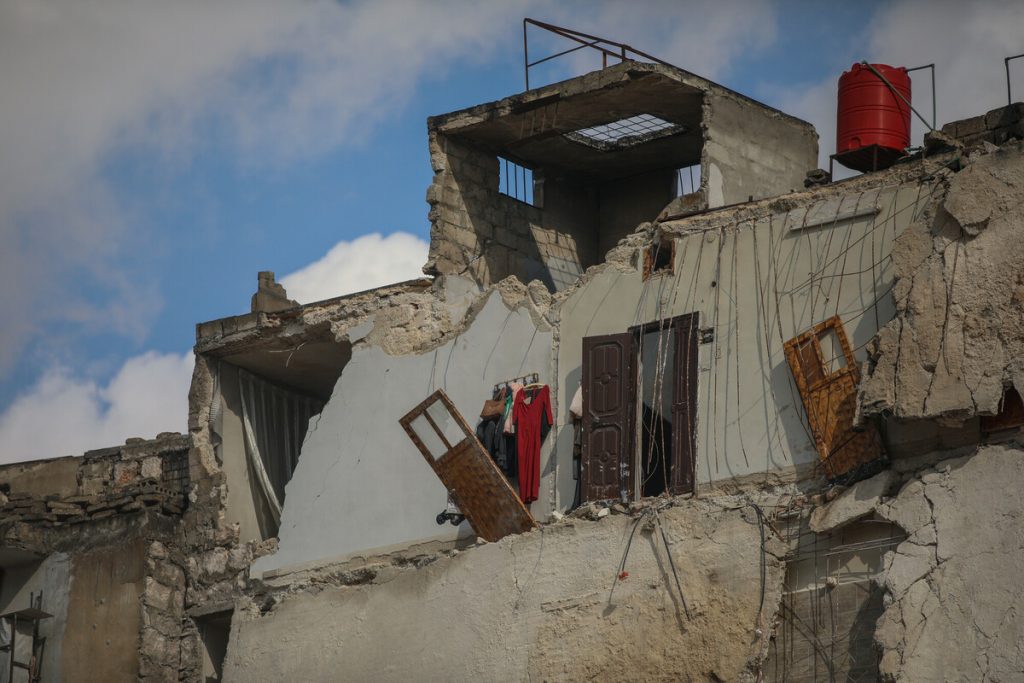Deeper issues in violence against women
by Nidhi Tandon
The first and greatest violence is the systematic exclusion of people – a great number of people – by society. From this violence other violence directly and indirectly flows. Where you exclude, you must establish instruments to control those who are excluded so that they don’t invade the peace of those who have access to opportunities and wealth.” – Father Bruno Sechi, cofounder of the National Movement of Street Boys and Girls
Over the past few decades, women’s rights campaigns have focused on addressing the more obvious manifestations of violence against women. This includes domestic abuse, rape, femicide and the victimization of women during war time. The ‘solutions’ usually revolve around legal rights and recourse, policing, rape crisis centers and physical and psychological help for victims.
While it is imperative that women are protected from violence and that victims of violence are healed, we need also to engage with the underlying issues that cause the breakdown in values that respect and dignify men and women. In spite of a long history of fighting for human rights, the rights and assets of the poor are under siege in the face of agro-industrial investments, food-stress and climate change on a broad macro level. As these threats become more entrenched, the violence that women face will rise.
One of the underlying causes is the struggle for scarce resources
When natural resources become scarce and livelihoods threatened, tensions along ethnic, racial and religious lines are intensified. More often than not, women are direct victims of these tensions as male/female inequalities are further magnified and suppressive gender roles reinforced. Men and women in rural settings experience climate change very differently because of their roles/ responsibilities. In Kenya, poverty associated with drought affects school attendance, with more girls withdrawn from school than boys. In Uganda, the food crisis associated with climate change has been linked to higher rates of early marriage for girls; they are exchanged for dowry or bride price. These “famine marriages” make them vulnerable to sexually transmitted infections and related reproductive complications. When food becomes scarce, girls are fed last and least; the weakest and most vulnerable perish from malnutrition; mothers watch their infants die. These are all forms of violence.
A history of violence and the rape of women in the Congo 1
Under King Leopold II the Congo Basin saw “some of the worst frontier violence in modern times”. The country was pillaged and looted on a grand scale – organized violence aimed at coercively extracting labour from indigenous peoples to meet the growing demand for rubber. This violence included executions, mutilations and cutting off the hands of those men who refused to work in plantations. Some 120 years later, rape victims in eastern DRC are being forced to work in mines producing the gold, coltan, tantalum, tungsten and tin ore for jewelry, mobiles and laptops.2 Some 1,152 women are raped every day – it is part of the coercion of men and women into submission to work against their will. While the Congo is an extreme case, it does suggest that as long as its natural assets are pillaged by corporate greed we can hardly expect women and men to be protected from rape and slavery at the individual level.
Women respond violently to violence and violations
As the methods and avenues of violence intensify, violence perpetrated by women will also increase. Some of this violence is self-inflicted or forced by circumstances. Women, for instance, will go to greater and riskier lengths to feed their children. The increasing numbers of women in prison in Zimbabwe, for example, is one indicator of the life-turning events that lead women into situations of violence and criminal behavior (e.g. cattle rustling). Self-inflicted violence includes selling blood, organs and body (and daughters) for cash, and in the worst case scenario, committing suicide. Women in India take a stand against the corporate takeover of their lands, at gunpoint.
How can we address structural violence? Organise, organise, organise
Structural violence refers to a form of violence based on systematic and institutionalized ways in which a social structure or institution “kills people” by preventing them from meeting their basic needs. Structural violence inevitably produces conflict and often direct violence, including family violence, racial violence, hate crimes, terrorism, genocide, and war.3
Victim protection is a critical response measure, but women need to address systemic issues. They need also to challenge the system that undermines their ability to participate in decision making (exclusion) and their control over resources. They need to take direct action against structural violence that marginalises and steals the dignity of the poor – men and women. They need to fight every manifestation of violence against them, whether from their men or from the system. They need to organise, organise, organise.
Notes:
1 https://dogmaandgeopolitics.wordpress.com/2012/11/24/from-blood-diamond-to-blood-coltanthe-rape-of-the-dr-congo/
2 Interview Prof Wamba Pambazuka News 405, 2008. Also see, www.congocalling.org/act/
3 www.articlesbase.com/international-studies-articles/structural-violence 2773901.html#ixzz19E2Zcdxm
Nidhi Tandon is a member of Oxfam Canada’s Board of Directors.

